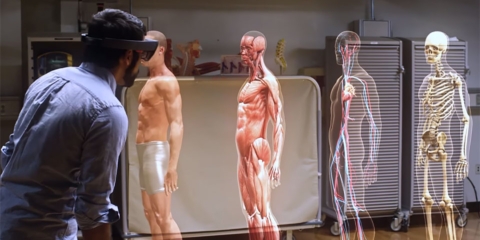Would you like to get notifications from Christian?
Onderzoekers van de Universiteit van Cambridge hebben een nieuw type ultradunne zonnecel ontwikkeld die tot 65% van het zonlicht kan opvangen. De cellen zijn gemaakt van silicium, maar zijn veel dunner dan traditionele zonnecellen, en kunnen worden geproduceerd met behulp van een standaard drukproces.
De nieuwe technologie bouwt voort op eerder werk aan ultradunne kristallijne structuren en maakt een meer dan dubbele absorptie van zonlicht mogelijk dan een traditionele zonnecel. Dit zou kunnen leiden tot een aanzienlijk hogere efficiëntie bij de productie van zonne-energie. Stel je voor dat we meer energie kunnen opwekken met minder zonnepanelen en een te bedekken oppervlakte. Meer toepassingen zullen binnen bereik komen en duurzame ontwikkeling zal nog sneller gaan. Nou, hoe werkt dit? De ultradunne zonnecellen zijn gemaakt van silicium, maar maken gebruik van een ongeordend hyperuniform patroon om een grotere lichtabsorptie mogelijk te maken. Dit in tegenstelling tot traditionele zonnecellen, die gebruik maken van een uniforme plak silicium. De nieuwe technologie is nog in ontwikkeling, maar de onderzoekers schatten dat zij zou kunnen leiden tot een fotovoltaïsche cel met een hoger rendement - aanzienlijk hoger dan de thans beschikbare technologie.
Dr. Marian Florescu, van het Advanced Technology Institute van de universiteit van Surrey, verklaarde: "Een van de uitdagingen van het werken met silicium is dat bijna een derde van het licht er rechtstreeks op weerkaatst zonder dat het wordt geabsorbeerd en de energie wordt benut. Een gestructureerde laag over het silicium helpt dit aan te pakken en ons ongeordend, maar hyperuniform, honingraatontwerp is bijzonder succesvol.
"Er is veel potentieel voor het gebruik van ultradunne fotovoltaïsche zonne-energie. Aangezien ze zo licht zijn, zullen ze heel nuttig zijn in de ruimte, en ze kunnen nieuwe buitenaardse projecten haalbaar maken. We hopen op kostenbesparingen op aarde, maar ook op de mogelijkheid om meer voordelen te halen uit het internet der dingen en om energieneutrale gebouwen te creëren die lokaal van energie worden voorzien omdat ze zoveel minder silicium gebruiken."
Christian is a futurist and trendwatcher who speaks about the impact of exponential technologies like AI on organizations, people, and talents. Christian tailors his presentations to your audience's specific industries and needs.
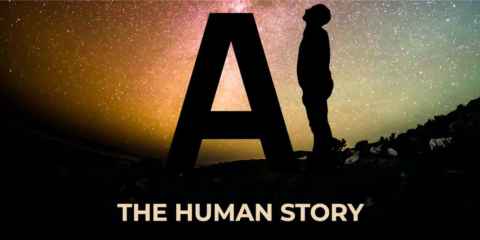

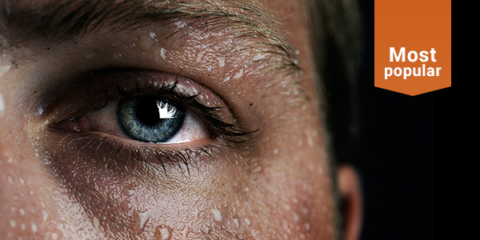
Our world is changing at an exponential rate! A big tidal wave of digital transformation and disruption is coming at us fast. Many organizations see this wave as a threat and experience stress, but there are also organizations that just see this wave as an opportunity.

Imagine sitting with just 10-15 fellow executives at a premier location, gaining clarity on the impact of AI on your industry while enjoying an exquisite dining experience. These are not just meetings—they are transformative moments that will shape the future of your organization
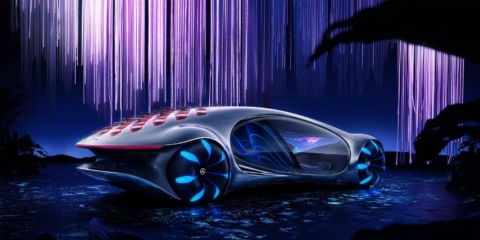
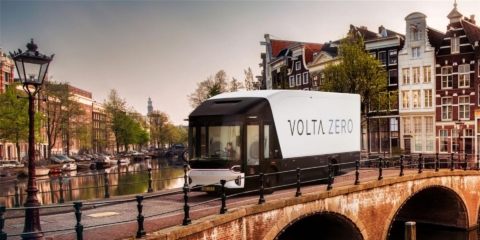
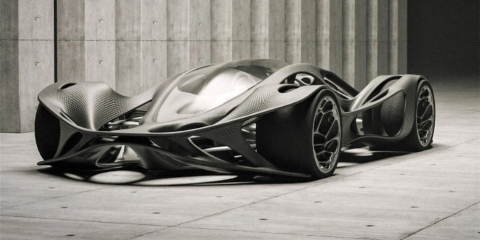
In the future, 3D printing and generative design will allow for products to be designed in a more decentralized manner, and production will take place closer to the customer and fully on-demand. 3D printing technology will also allow for more customization and personalization of products.

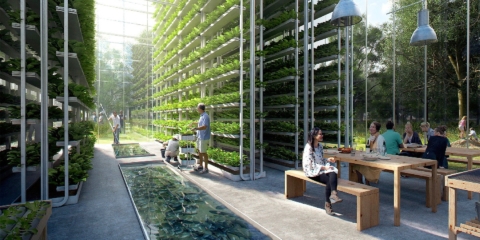
The agricultural industry is ripe for disruption. Robotics, AI, and IoT are all technologies that have the potential to radically transform the way we grow food. In combination with vertical farming, these technologies could increase the efficiency and quality of agricultural products.
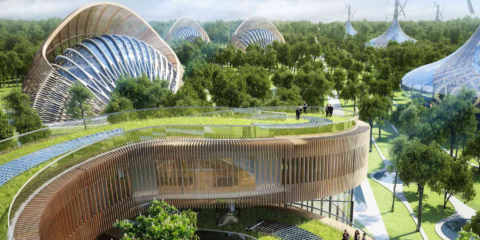
A human-centered society is one that puts people first and where technology is used to unite and empower people. It is a society that values biological life and dignity above all else. It is a society that recognizes the importance of human relationships and works to strengthen them. In a human-centered society, all members of the community are valued and treated with respect.
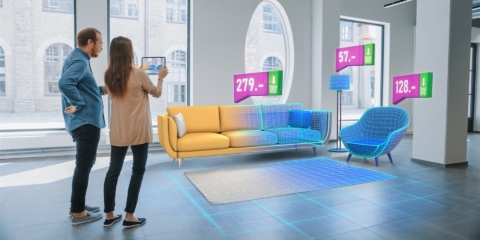
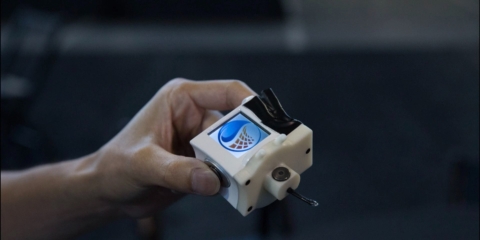
The future of healthcare is here. New technologies like AI, IoT, big data, and smart sensors make it possible to become the CEO of your own health. Imagine that your phone can listen to your voice and AI algorithms can detect small nuances in the tone of your voice that indicate specific diseases.
